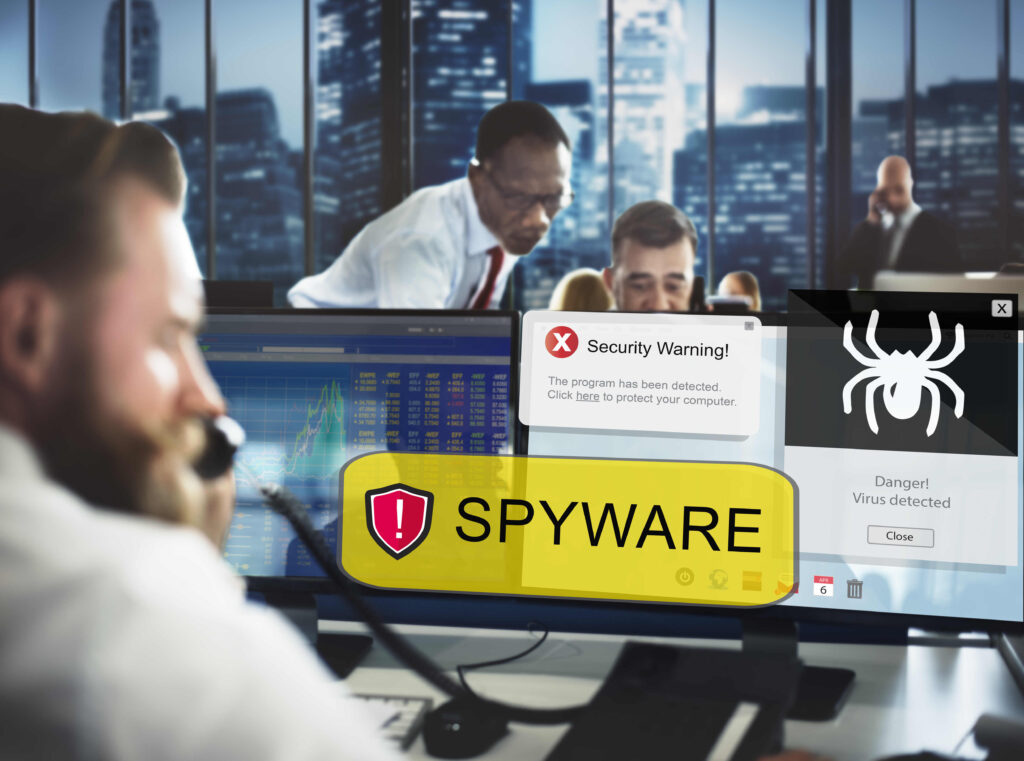Malware, short for malicious software, is a significant threat to individuals and organizations alike. It can disrupt operations, steal sensitive information, and cause financial losses. Understanding how to spot and avoid malware is crucial for maintaining digital security. This guide will provide you with in-depth knowledge on identifying malware, preventing infections, and protecting your devices.
Understanding Malware: What It Is and How It Works
Malware refers to any software designed to harm or exploit devices, networks, or users. It can take various forms, including viruses, worms, trojans, ransomware, spyware, and adware. Each type of malware has a specific function, but they all share the common goal of causing damage or gaining unauthorized access.

Types of Malware
- Viruses: These are programs that attach themselves to clean files and spread throughout a system. They can corrupt or delete data and are often spread through email attachments or downloads.
- Worms: Unlike viruses, worms do not need to attach themselves to a program. They can replicate and spread independently, often exploiting network vulnerabilities.
- Trojans: Named after the Trojan Horse, these programs disguise themselves as legitimate software. Once installed, they can create backdoors for other malware or steal sensitive information.
- Ransomware: This type of malware encrypts a user’s data and demands payment for the decryption key. It can be devastating for both individuals and businesses.
- Spyware: Spyware is designed to monitor and collect user activity without their knowledge. It can capture keystrokes, passwords, and other sensitive information.
- Adware: While not always malicious, adware can be intrusive. It displays unwanted advertisements and can slow down your system.
How Malware Spreads
Malware can spread through various means, including:
- Email Attachments: Malicious files attached to emails can infect your system when opened.
- Downloads: Downloading software or files from untrusted sources can introduce malware.
- Removable Media: USB drives and other removable media can carry malware.
- Network Vulnerabilities: Unsecured networks can be exploited by malware to spread across devices.
How to Spot Malware: Warning Signs and Symptoms
Detecting malware early can prevent significant damage. Here are some common signs that your device may be infected:
Unusual System Behavior
- Slow Performance: If your device is running slower than usual, it could be a sign of malware.
- Frequent Crashes: Malware can cause your system to crash or freeze frequently.
- Unexpected Pop-ups: Persistent pop-ups, especially those urging you to download software, can indicate adware or other malware.
Unauthorized Changes
- New Toolbars or Extensions: Unwanted toolbars or browser extensions that appear without your consent can be a sign of malware.
- Changed Settings: If your browser homepage, search engine, or other settings have changed without your input, malware may be responsible.
Security Alerts
- Antivirus Warnings: Pay attention to warnings from your antivirus software. False positives can occur, but repeated warnings should not be ignored.
- Disabled Security Software: Malware often disables antivirus programs to avoid detection.
Network Activity
- Increased Data Usage: Unexplained spikes in data usage can indicate that malware is transmitting information from your device.
- Unknown Connections: If you notice unfamiliar devices connected to your network, it could be a sign of a malware infection.
How to Avoid Malware: Best Practices for Prevention
Preventing malware infections requires a proactive approach. Here are some best practices to keep your devices secure:
Keep Software Updated
- Operating System: Regularly update your operating system to patch vulnerabilities.
- Applications: Ensure that all software, especially browsers and plugins, are up to date.
Use Antivirus and Anti-Malware Software
- Install Reputable Software: Use trusted antivirus and anti-malware programs and keep them updated.
- Regular Scans: Perform regular scans to detect and remove any potential threats.
Be Cautious with Email and Downloads
- Avoid Suspicious Emails: Do not open emails or attachments from unknown senders.
- Download from Trusted Sources: Only download software and files from reputable websites.
Secure Your Network
- Use Strong Passwords: Protect your Wi-Fi network with a strong, unique password.
- Enable Firewalls: Use firewalls to block unauthorized access to your network.
Practice Safe Browsing
- Avoid Clicking on Pop-ups: Do not click on pop-ups, especially those that offer free software or prizes.
- Use HTTPS: Ensure that websites you visit use HTTPS, indicating a secure connection.
What to Do If You Suspect a Malware Infection
If you suspect that your device is infected with malware, take the following steps:
- Disconnect from the Internet: This can prevent the malware from spreading or communicating with its source.
- Run a Full Scan: Use your antivirus software to perform a full system scan.
- Remove Detected Threats: Follow the software’s instructions to remove any detected malware.
- Change Passwords: If you suspect that your passwords have been compromised, change them immediately.
- Seek Professional Help: If you are unable to remove the malware, consider seeking help from a professional.
Frequently Asked Questions (FAQ)
What is the most common way to get malware?
The most common way to get malware is through email attachments and downloads from untrusted sources. Phishing emails, in particular, are a significant threat.
Can malware affect mobile devices?
Yes, malware can affect mobile devices. Android and iOS devices are both vulnerable, although Android devices are more commonly targeted due to their open ecosystem.
How can I tell if a website is safe?
Look for HTTPS in the website’s URL, which indicates a secure connection. Additionally, check for reviews or ratings of the website and avoid sites with a poor reputation.
Is free antivirus software effective?
Some free antivirus software can be effective, but they often lack advanced features found in paid versions. It’s essential to choose a reputable program and keep it updated.
Can malware be removed without antivirus software?
While it is possible to remove some malware manually, it is not recommended unless you have advanced technical knowledge. Antivirus software is the safest and most effective way to remove malware.
How often should I scan my computer for malware?
It is recommended to perform a full system scan at least once a week. Additionally, run a scan if you notice any unusual behavior on your device.
What should I do if my antivirus software detects malware?
Follow the software’s instructions to quarantine or remove the detected malware. If the software cannot remove the threat, consider seeking professional help.
Can malware steal my personal information?
Yes, certain types of malware, such as spyware and keyloggers, are designed to steal personal information, including passwords, credit card numbers, and other sensitive data.
How can I protect my business from malware?
Implement strong security policies, educate employees about malware risks, use reputable antivirus software, and regularly update all systems and applications.
What is the difference between a virus and malware?
A virus is a type of malware. Malware is a broad term that encompasses all malicious software, including viruses, worms, trojans, ransomware, and more.
Conclusion
Malware poses a significant threat to digital security, but with the right knowledge and practices, you can protect yourself and your devices. By understanding how malware works, recognizing the signs of an infection, and following best practices for prevention, you can significantly reduce your risk. Stay vigilant, keep your software updated, and use reputable security tools to safeguard your digital life. If you suspect a malware infection, act quickly to mitigate the damage and seek professional help if needed. Your digital security is in your hands—take the necessary steps to protect it.

